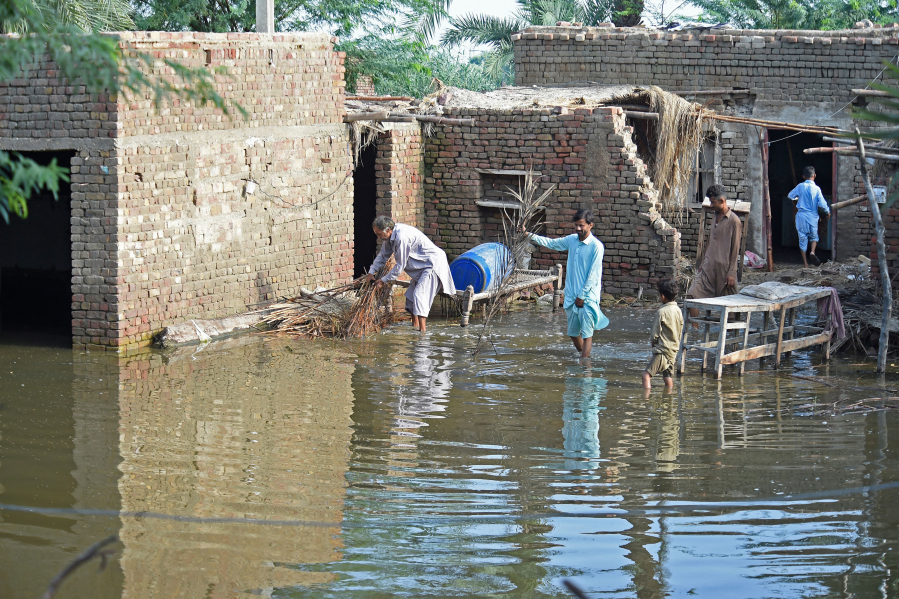NEW YORK — Extreme weather has caused 2 million deaths and more than $4 trillion in damages over the last 50 years, according to a United Nations report.
The report, published Monday by the World Meteorological Organization — a U.N. science agency — said that nearly 12,000 weather disasters occurred between 1970 and 2021 around the world.
However, the devastation was felt most strongly in developing countries, which suffered 90 percent of the deaths and 60 percent of the economic toll.
“The most vulnerable communities unfortunately bear the brunt of weather, climate and water-related hazards,” WMO Secretary-General Petteri Taalas said.
The U.S. alone incurred $1.7 trillion in damages, almost 40 percent of the worldwide total, but the economic impact is harsher in developing countries with smaller economies.
While the economic damage caused by extreme weather is unlikely to decrease, the number of deaths caused by these events is trending downward.
“Economic losses have soared. But improved early warnings and coordinated disaster management has slashed the human casualty toll over the past half a century,” the WMO report said.
The organization has warned more steps need to be taken as man-made climate change increases the frequency of these events.
“Extremely severe cyclonic storm Mocha exemplifies this. It caused widespread devastation in Myanmar and Bangladesh, impacting the poorest of the poor. In the past, both Myanmar and Bangladesh suffered death tolls of tens and even hundreds of thousands of people. Thanks to early warnings and disaster management these catastrophic mortality rates are now thankfully history. Early warnings save lives,” Taalas said.
According to the agency, early-warning systems can cut loss of life by 30 percent with as little as 24 hours’ notice and offer a tenfold return on investment.
The report was released as part of the U.N.’s Early Warnings For All initiative, which “aims to ensure that early warning services reach everyone on Earth by the end of 2027.” Only about half of the world’s population currently has access, with coverage in Africa, small island developing states and least-developed countries especially low.
According to the report, some small island developing states had their entire gross domestic product wiped out by disasters.
Asia had nearly half of the deaths, with half of those deaths occurring in Bangladesh.
Of the reported 733,585 deaths in Africa, 95 percent were caused by drought. However, tropical cyclone Idal, which hit Mozambique in 2019, caused $2.1 billion in damages.
In the last decade covered by the report, the bulk of the deaths were caused by extreme temperatures, flooding and storms, but floods were the primary cause of economic losses.



